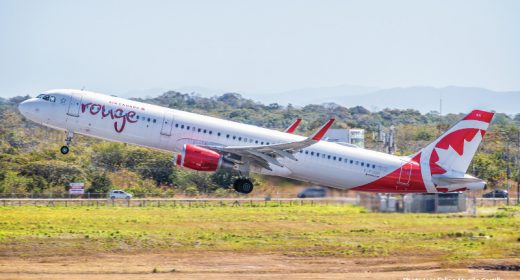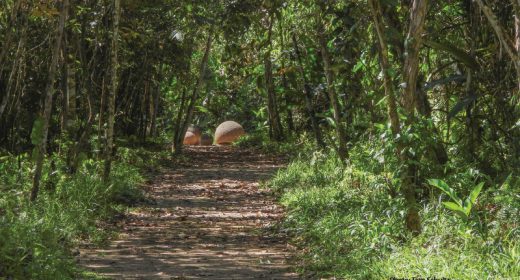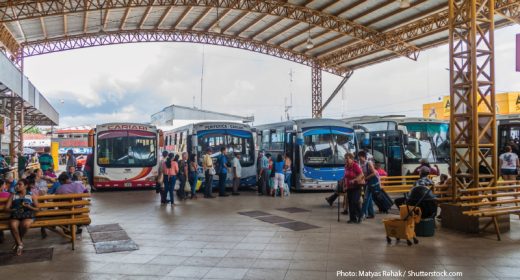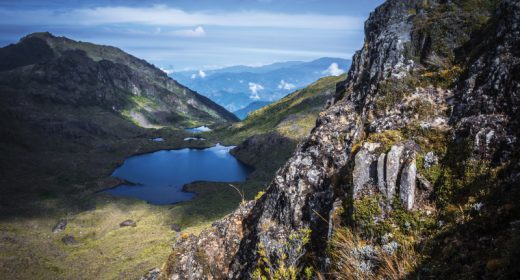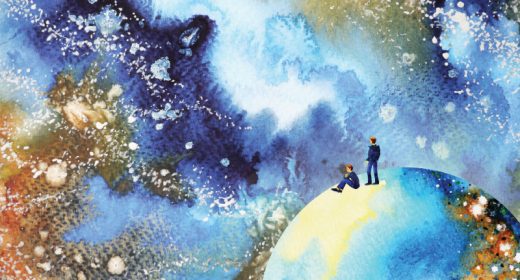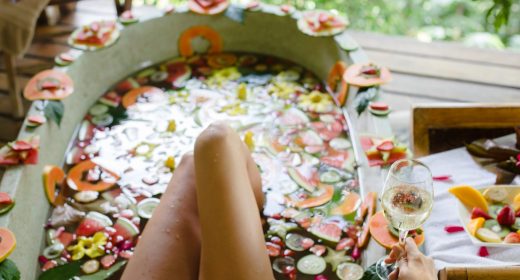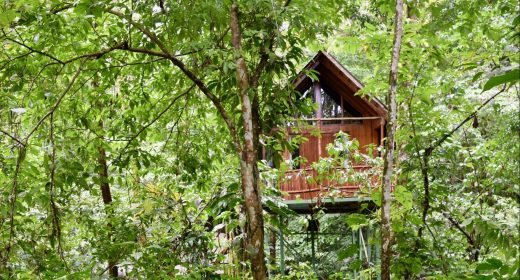
Living longer in Costa Rica Blue Zone
- JUL 31, 2018Warning: count(): Parameter must be an array or an object that implements Countable in /home/howlermag/public_html/old/wp-content/themes/new-paper/includes/general.php on line 193
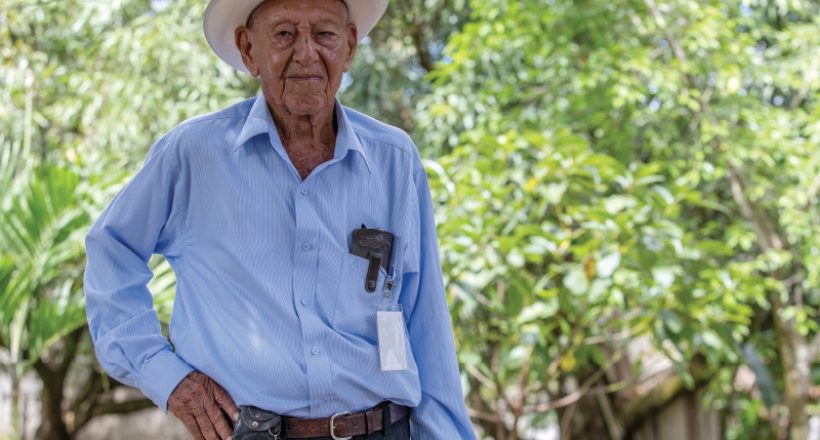
Your Lead Paragrpah goes here
Live longer in Costa Rica Blue Zone: Costa Rica’s Nicoya Peninsula is one of five regions in the world referred to as a “blue zone,” home to some of the oldest and healthiest people on the planet. Most blue zone residents surpass the global average life expectancy of 71.4 years. Not only is it common to outlive the age of 100 but to thrive — neither bedridden nor hospital-dependent, but fit, active and living life to the fullest.
Scientists have long been fascinated by the myriad reasons for the robust population health that Nicoya shares with the other four blue zones: Okinawa, Japan; Loma Linda, California; Ikaria, Greece; and Sardinia, Italy.
Dan Buettner of National Geographic discovered and coined the term “Blue Zones.” He and other scientists spent over a decade exploring the world’s longevity hot spots, finally coming up with the top regions, including large parts of the Nicoya Peninsula. Research done by National Geographic shows about 30 percent of longevity is attributed to genes and 70 percent to local lifestyle.
According to sources and statistics from “The World Health Report in 2017,” Costa Rica ranks 30th in life expectancy worldwide, making Nicoya’s global top five status as a blue zone seem all the more remarkable.
While larger cities such as Tamarindo, Samara, Nosara and Playas del Coco sit within Costa Rica’s blue zone, the majority of long-lived locals reside in more rural and less “westernized” regions such as the farming area of Hojancha.
What is so unique about the Nicoya Peninsula and the area’s local secret to living a longer life?
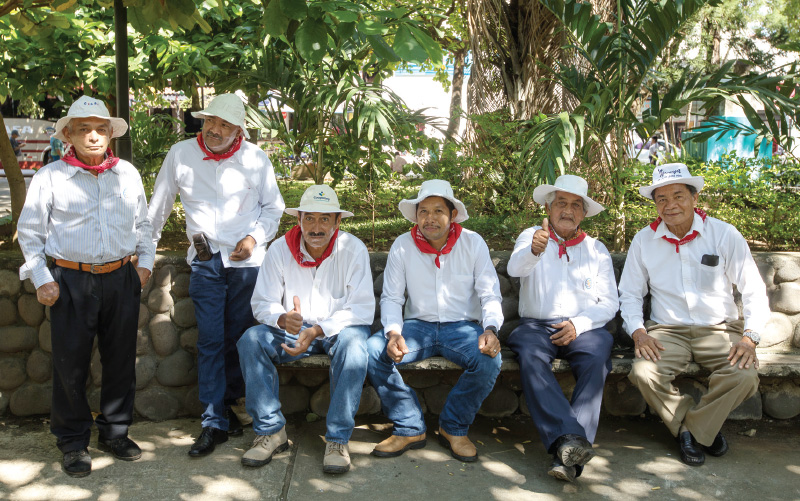
Costa Rica Blue Zone – Family and Community
Connectedness among family and community members is considered to be a characteristic of blue zone living … and no, that does not mean via texting or social media. There’s nothing out of the ordinary about people in Nicoya making an effort weekly, if not daily, to visit their neighbors — typically on foot. Interacting and staying in touch with each other this way keeps both the brain and heart healthy.
Family is also the center of the Nicoyan lifestyle. Most residents live with or near extended family members throughout their entire lives, which provides an in-house support system. Living with family gives locals a sense of purpose and helps them maintain a positive outlook on life as they watch younger family members grow.
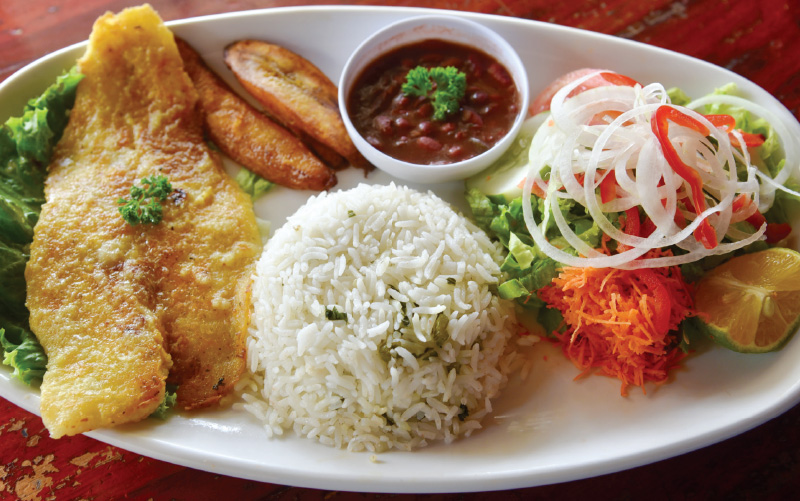
Costa Rica Blue Zone Diet
Nicoyans maintain a largely plant-based diet, avoiding most processed food. Meals typically consist of rice, beans, corn and locally grown vegetables and fruits, incorporating meat only a few times a week. Many locals in the Nicoya Peninsula still cook tortillas in the most traditional way. Corn kernels soaked in a mixture of lime and water are infused with calcium and amino acids.
Drinking water in the Nicoya area has a higher concentration of calcium and magnesium than in other parts of the country, offering residents the most natural and freely available vitamin intake.
Another long-living Nicoyan secret is the fact most consume far less sugar, many eating very few processed foods and snacks.
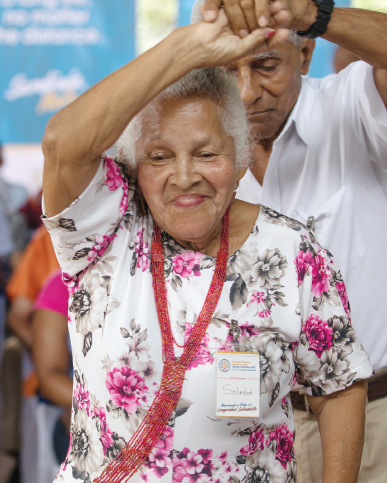
Costa Rica Blue Zone – Hard at work, Getting Sun and Faith
Hard at work: Nicoyans value hard work. Most local elders continue working or remain physically active every day, whether it be walking to a neighbor’s home or household chores. Even non-strenuous movement on a day-to-day basis keeps seniors fit indefinitely.
Getting some sun: Covered by dry farmland and lush rainforest, the Nicoya Peninsula has a tropical climate. Having a reasonable amount of sun exposure through an active outdoor lifestyle is another key to longevity among locals. Vitamin D intake from the sun, especially when combined with walking as a traditional mode of transportation, offers a beneficial boost to heart and bone health.
Faith: The traditional faith-based lifestyle of Nicoyans, including a strong belief in God, is thought to relieve stress and enhance well-being. Religious traditions are passed down through generations of families living in this Costa Rica blue zone. Belonging to a church community might also give some residents an enhanced sense of peace, tranquility and security for longer living.
Pura Vida: health, wellness and yoga articles
Cover Story – Costa Rica is the Happiest Country in the World… Why?
Costa Rican Army Abolished: One more reason for happiness?
Costa Rica Yoga and Wellness Retreats
Yoga Wisdom – Power of Yoga: Yamas and Niyamas
Yogapedia – Vrksasana: Tree Pose
Natural Medicine – CBD Oil: Nature’s Miracle Cure?
Mindfulness: Natural High: Benefits of Nature
Psychological Well Being – Counseling Help in Costa Rica
Eat Well: Costa Rica Superfoods – Nutrient Dense Food
Costa Rica Medical Tourism
Costa Rica Dental Tourism: Veneers – Reason to Smile
Howler’s Ecotourism Articles
Ecotourism in Costa Rica: Sustainable Tourism
Ecotourism Pioneer: Rafael Gallo – Ríos Tropicales
The Osa Peninsula
Ecotourist Road Trip: Sarapiquí
Ecolodges in Costa Rica
Caminos de Osa: Tourism that is helping Costa Ricans
CST Being Green Matters to Diamante Eco-Adventure Park
Grow Sustainably, Build & Live Sustainably in Costa Rica
Behind the Image: Photography as Ecotourism
Building Green and Prove it in Costa Rica
Costa Rica Sustainable Development: Ever Greener
Costa Rica’s indigenous Communities and Indigenous Tribes
